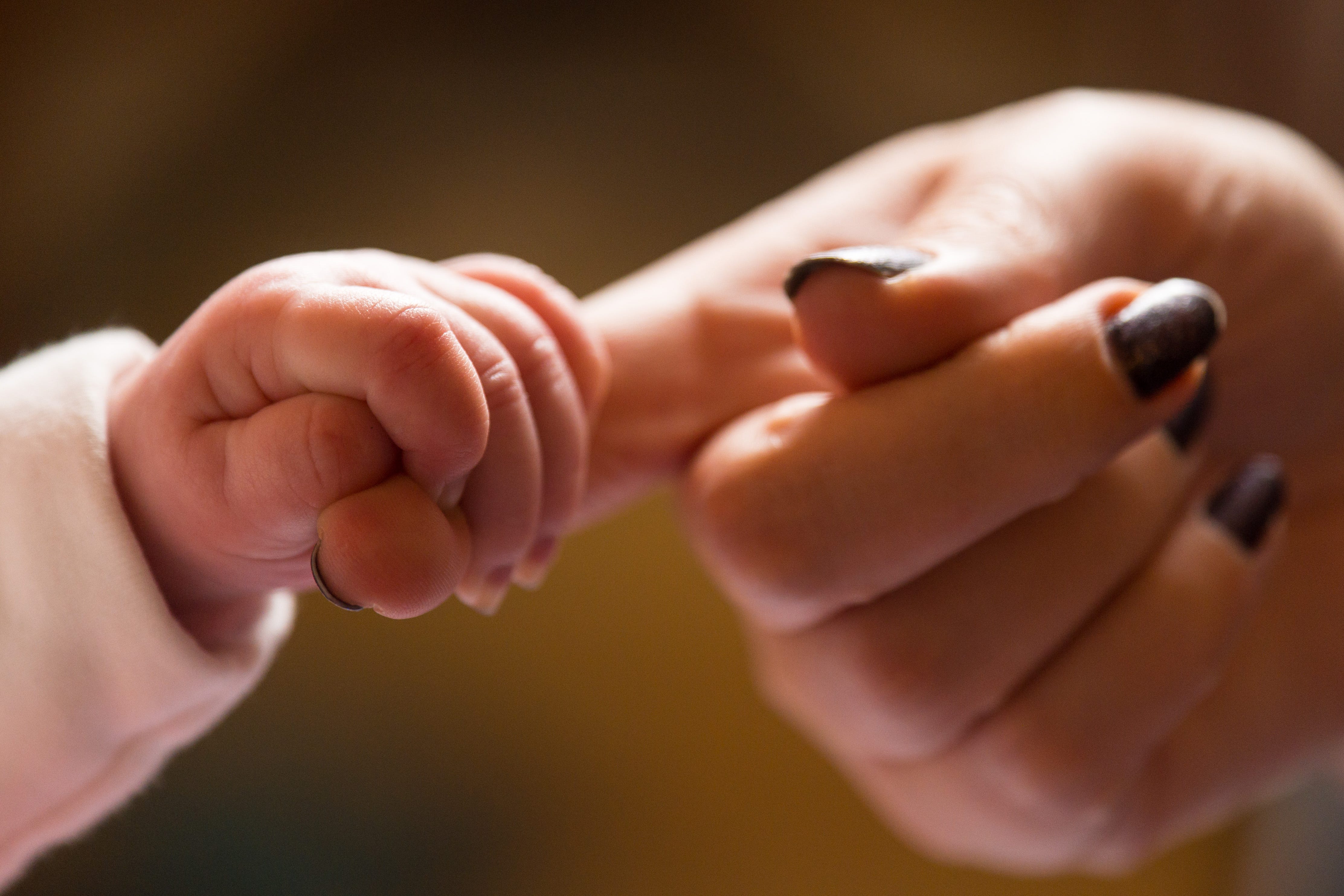Why four in 10 babies in England are now delivered by Caesarean section
The NHS reiterates that Caesareans are major operations performed when deemed the safest option
Four in every 10 babies born in NHS hospitals in England last year were delivered by Caesarean section, new data shows.
Experts said a gradual increase in Caesarean births over the past decade is down to a “growing number” of complexities, caused by factors such as rising obesity rates and women waiting until they are older to have children.
Meanwhile, the proportion of spontaneous deliveries – when a woman goes into labour without the use of drugs or other techniques – has steadily declined in the past 10 years.
Summary
- Four in 10 babies born in English NHS hospitals last year was born via Caesarean section.
- That figure rose to 58 per cent among mums over the age of 40.
- Experts attribute the increase to rising obesity rates and women having children later in life, leading to more complex births.
- The Royal College of Obstetricians and Gynaecologists emphasises supporting women’s informed birthing choices, considering the risks and benefits of both vaginal and Caesarean births.
- The NHS reiterates that Caesareans are major operations performed when deemed the safest option, though some women opt for them electively.
Of the total Caesareans last year, 67,100 were recorded as elective, a planned procedure which is usually carried out around the 39th week of pregnancy.
This is an increase on the 61,030 elective Caesareans reported in 2022/23.
The proportion of emergency Caesarean sections – when a vaginal birth may be deemed too risky by doctors – also increased year on year from 29,315 to 32,463.
Mothers under 20 years of age were less likely to give birth via C-section. Twenty-seven per cent of births in the 2023-24 figures among this age group were recorded as being via Caesarean. But this figure rose to 45 per cent in those aged between 30 and 39, whereas in mums aged 40 or over the figure went up to 58 per cent .
Dr Ranee Thakar, president of the Royal College of Obstetricians and Gynaecologists (RCOG), said: “Over the past decade, there has been a gradual national increase in the number of Caesareans.
“A major factor of this is the growing number of complex births. We are seeing national rising rates of obesity and people choosing to have children at a later state in their life, both of which can increase the chance of complications.”

A third of the total deliveries for 2023/24 were induced, meaning labour was started using artificial methods such as a membrane sweep, pessary or hormone drip.
This proportion has been broadly unchanged in the past few years.
However, spontaneous delivery has steadily declined year on year from 62% in 2013/14 to 42% in 2023/24.
Dr Thakar added: “The RCOG does not promote one form of birth over another. Women should be supported to make an informed decision about how they want to give birth, including a discussion on the risks and benefits of both vaginal and Caesarean births.
“The safety and care of the woman and baby during pregnancy, labour and birth should always be the main focus.”
Why caesareans are carried out
According to the NHS
A caesarean may be carried out because:
- your baby is in the breech position (feet first) and your doctor or midwife has been unable to turn them by applying gentle pressure to your tummy, or you’d prefer they did not try this
- you have a low-lying placenta (placenta praevia)
- you have pregnancy-related high blood pressure (pre-eclampsia)
- you have certain infections, such as a first genital herpes infection occurring late in pregnancy or untreated HIV
- your baby is not getting enough oxygen and nutrients – sometimes this may mean the baby needs to be delivered immediately
- your labour is not progressing or there’s excessive vaginal bleeding
An NHS spokesperson said: “A Caesarean is a major operation that comes with risks, so it’s usually done when it’s the safest option for women and their baby, however some do choose to have a C-section for a non-medical reason.”
“NHS maternity teams across the country are fully committed to providing the safest and most personalised care possible to all women, according to best practice guidance and informed by evidence, to help them to achieve the type of birth they would like.”
This article was amended on 3 January 2025. It previously stated that one in four babies in England was born by C-section, but that was incorrect. That figure related to the method of onset of labour, and not to the method of delivery.
Bookmark popover
Removed from bookmarks